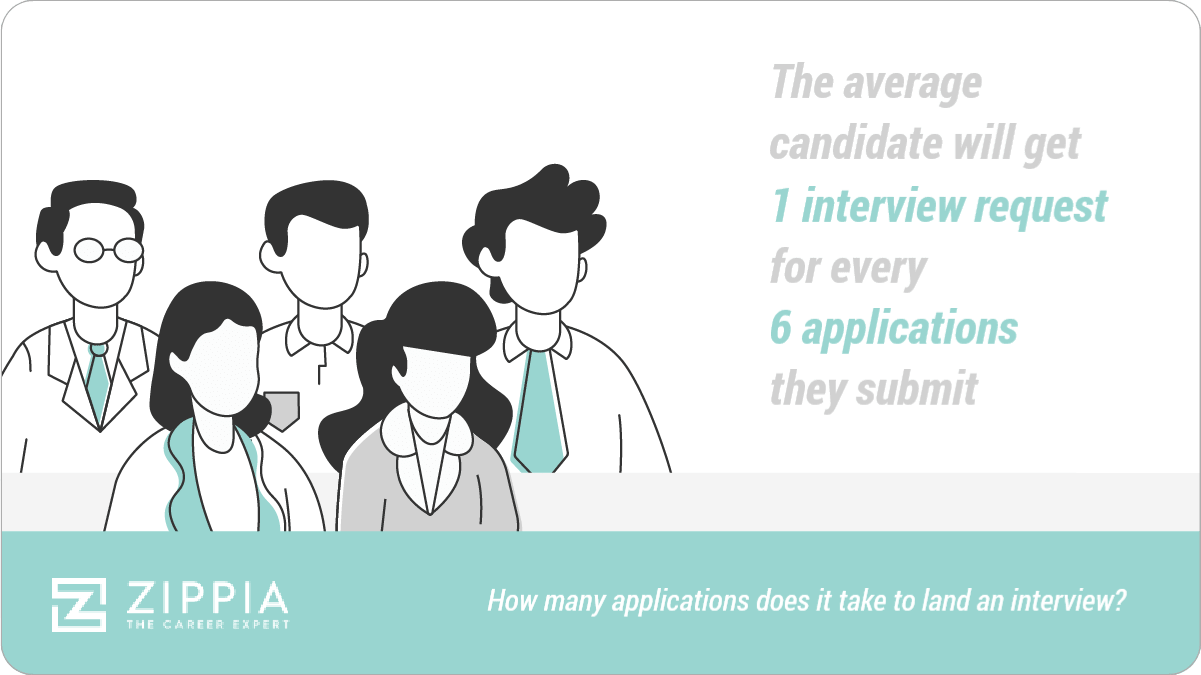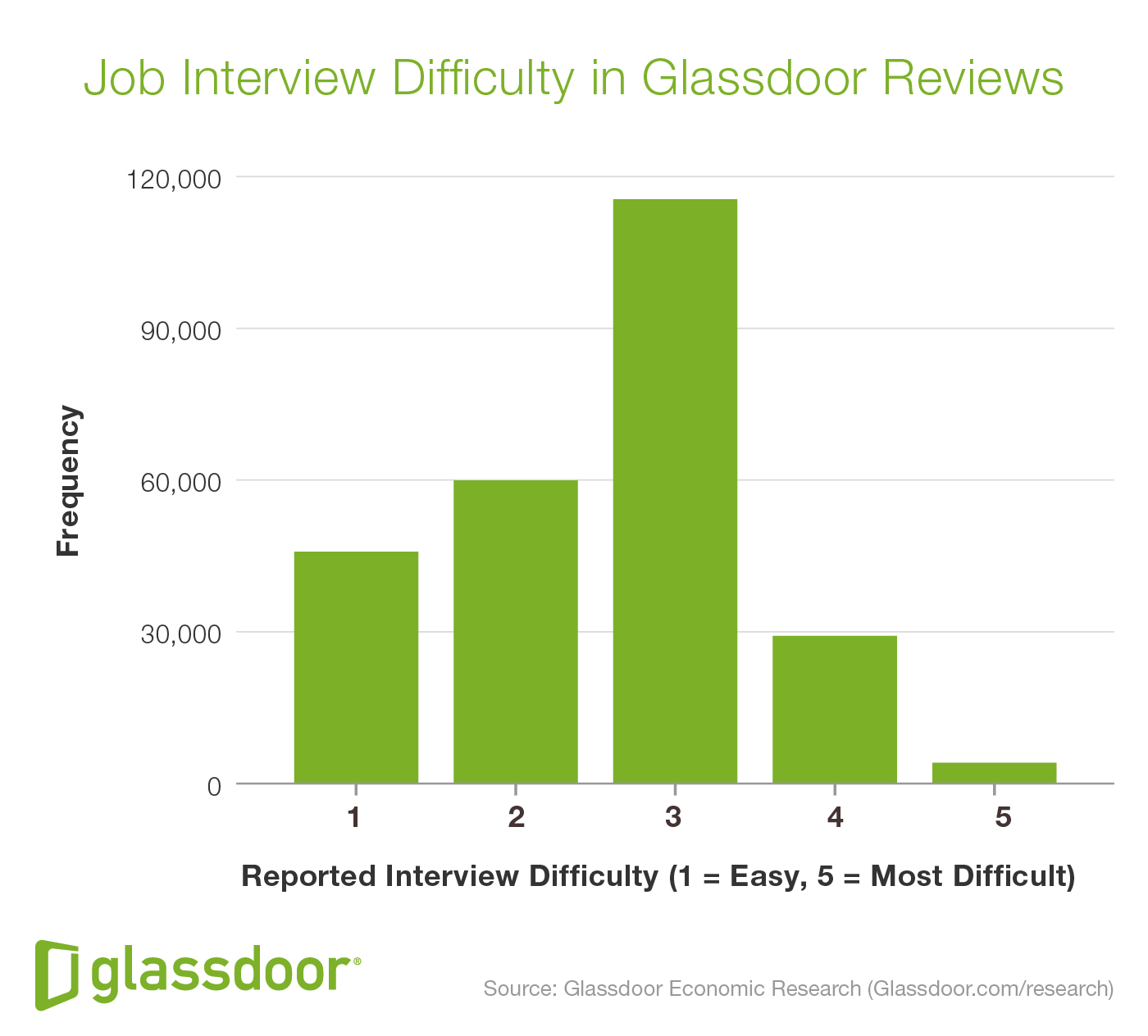For job seekers
For companies
For job seekers
For companies
Updated May 25, 2023 by Axel Grubba
Ready to find a remote job? Or expand your remote business?
Browse jobsJob interviews are how companies and recruiters learn more about the applicants and see whether they have the skills and attitude needed for the job. To that end, recruiters typically use an “in-depth interview” format.
An in-depth interview can give recruiters a lot of useful, detailed information about the applicant, which will be used to assess the candidate and make the final hiring decision.
 Image Source: Zippia
Image Source: Zippia
This Remotely post will tell you everything you need to know about in-depth interviews–from what they are and why they’re important to the hiring process.
In an in-depth interview, the interviewer will ask various probing questions to collect information that’s beyond initial and surface-level. In other words, instead of only trying to understand shallow facts or information about the candidate, the interviewer will attempt to understand the finer details of an interviewee’s answers. They’re usually one-on-one engagements between the interviewer and interviewee. This way, the interviewer can gain deeper insights into the interviewee’s behavior, attitude, viewpoint, and thinking.
Previously, in-person interviews were considered ideal so interviewers could collectively assess answers along with tone, vibe, and body language. But thanks to technology, in-depth interviews can now also be done via teleconferencing apps such as Zoom and Google Meet.
There are many different types of interviews, each with their own methods and attributes. Let’s go over some of the characteristics which set in-depth interviews apart from other types.
 Image Source: Glassdoor
Image Source: Glassdoor
In-depth interviews have been described as “conversations with a purpose”, which is an excellent way to put it.
In this sort of interview, questions are usually open-ended and can’t be simply answered with a “Yes” or “No”. The interviewee is pushed to elaborate and go into detail with their answers.
As an example, during a behavioral interview, the interviewer can ask the candidate something like: “What is the biggest challenge that you have faced in your previous job, and how did you overcome it?”
The answers given by the candidate can help the interviewer gain a better view of the candidate’s working attitude and problem-solving skills.
In-depth interviews emphasize flexibility, and that is why most of them have a semi-structured format. This format gives the interviewer and the candidate more wiggle room in the session.
The interviewer may prepare a list of questions they want to ask beforehand. They don’t necessarily have to ask them in order from top to bottom. They may choose to skip over some questions entirely and can even come up with questions on the spot!
The list is mostly used to kick off and guide the conversation.
At the core of in-depth interviews is their conversational aspect. Instead of the candidate giving the interviewer short, canned answers, the interview becomes a full-blown conversation.
And it’s not a conversation if only one side actively participates! As an interviewer, you have to ask the starting question, listen, interpret, then respond appropriately to the answers given to the candidate. Showing signs that you’re interested and invested in what they have to say is crucial for building a rapport with the candidate. Better trust will lead to deeper, more meaningful data. And if you’re the candidate being interviewed, you’ll have to actively listen and interpret the questions being asked by the interviewer. That way, you can come up with better answers.
Unlike structured interviews, where candidates can only give short answers, in-depth interviews provide more opportunities for elaboration. The interviewer can ask additional follow-up questions, probe for more detailed information, and revisit key questions later.
This flexibility makes in-depth interviews more insightful by allowing the interviewer to gather more information on the candidate’s attitudes, perceptions, motivations, and behaviors.
An in-depth interview can aid in making the interviewee feel less stressed about the process while providing useful data for the interviewer at the same time.
Besides having a more flexible structure, in-depth interviews are built so that “participants feel comfortable telling their story.” The more comfortable an interviewee is during an in-depth interview, the more insightful and detailed their answers will be.
Like any other job interview format, the ultimate objective of an in-depth interview is to assess whether the candidate is a good fit for the role or not.
The interviewer can ask behavioral questions to see how well the candidate will fit into the company’s culture and office atmosphere. Then, they can pivot to asking more technical questions to gauge the candidate’s professional knowledge.
Study details about the job and its requirements (if you’re not already familiar with it yet). The details will help you ask relevant questions and understand what you need to look for in a good candidate.
Then, if you haven’t interacted with the candidate before, gather basic information about them by reading their CV and resume. It’ll be easier to foster a connection by having some knowledge of who you’re talking to.
Spend some time making a short script or interview guide. It’ll help keep the interview on track and keep you from asking inappropriate or irrelevant questions.
What is an interview guide?
An interview guide contains all the questions and topics you’ll cover during the interview. For an in-depth interview, you don’t need to make it too detailed. A short list with key topics to touch on and a few starter questions will suffice.
For remote job interviews, you should put some extra effort into building your interview guide. It’s easier for data to be lost and words to be misinterpreted through a screen than face-to-face. So, write down a couple of detailed questions underneath the basic topics. This way, there will be less chance of misunderstanding or confusion.
Plan ahead and set the interview date and time so that it’s convenient for you and the candidate. Here are a few timeframes to avoid:
Instead, the best times to schedule are usually mid-morning or afternoon (between 10 – 11 A.M or 1 – 3 P.M). As for the date, schedule it in the middle of the work week, like Tuesday, Wednesday, or Thursday. At these times, both parties will be at their peak productivity and will generally be more engaged.
You’ll need to pay extra attention to the timing for remote interviews.
Talk with the candidate beforehand and negotiate a good interview time. Remote workers typically don’t have a rigid working schedule, so it’s a basic courtesy to talk to the candidate and figure out what works best for both parties.
If the candidate works from overseas, you’ll also have to consider time zone differences. Fortunately, some tools like this free meeting planning tool can help you figure out a decent time range.
Because of their detailed nature, in-depth interviews will last a lot longer than other kinds of interviews. Note that the longer it stretches on, the more stressed and fatigued the interviewee will be. At a certain point, their tiredness will affect the quality of their answers.
The best way to combat this is to set a hard time limit for the interview. 30 to 45 minutes should make for an informative session. Set a clock, then regularly check it to make sure you keep to your parameters. For longer sessions, you can set a break, which will help to relax both participants.
Create a relaxed atmosphere in the interviewing room by asking easy, personal questions first, such as “How are you doing today?”
Such questions will lay the foundation for a comfortable and relaxed atmosphere, which is important for the success and effectiveness of the interview. If the interviewee is comfortable, they’ll be able to answer difficult questions with greater ease.
As you move on to more difficult in-depth interview questions, it may take the candidate a bit longer to come up with a good answer. In that case, don’t push and give them some time to think.
Skip questions when they take too long to think or they seem uncomfortable. You can always revisit the question later.
If you’re conducting a remote interview, changing the background of your webcam to a lighter, more airy scene can reduce “Zoom fatigue”, which can make the interviewee stressed and tired after a short time.
When you’re conducting an interview, taking notes is essential. Your notes are how you’re going to verify facts about the candidate once the interview session is over. Don’t rely purely on your memory, as it can lead to biases and you may forget key information.
An alternative to note-taking is to record the interview. Most teleconferencing apps will have a record function if you’re conducting the interview remotely. But if you’re doing it face-to-face, you can set up a recording device to tape the session. Whatever you choose to do, tell the candidate that you’re recording the session and ask for their permission first.
After the interview is finished, there’s one final thing to do: analyze and transcribe the data you’ve gathered. Write or type down all of the key findings that you’ve learned about the candidate. Add in your opinions to the side, as well.
If you record the interview section, make back-ups and transcribe the recordings for future reference.
All of this data will help you decide who the best candidate for the job is.
Job interviews are meant to help recruiters find the person that suits the vacancy best, but it’s usually easier said than done. As you can see above, designing an effective interview is a big challenge and takes time and effort. But with our guide, it should be much easier to build a great remote in-depth interview.
Ready to find the perfect remote candidates to fill your vacancies? Drop your job description here on Remotely. And for those using this guide as prep work to anticipate what’s to come in your upcoming interview, other than this article, you can further read about other remote work and interview aspects through Remotely’s blog page.